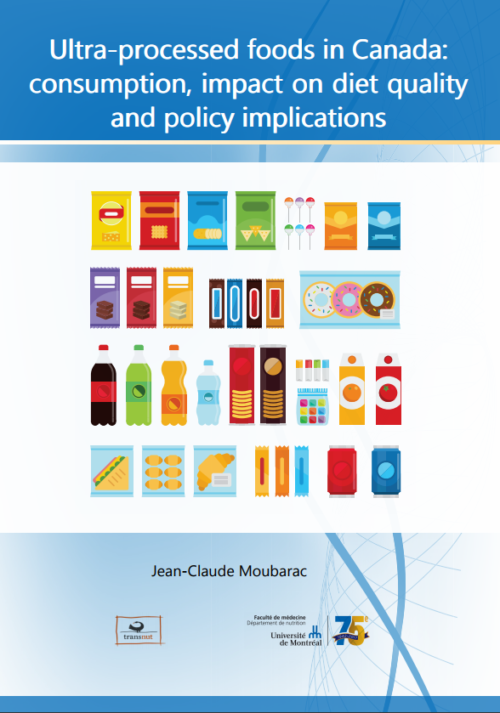Weekend reading: Real Food, Real Facts
Charlotte Bilekoff. Real Food, Real Facts: Processed Food and the Politics of Knowledge. University of California Press, 2024. 267 pages.

Food processing is a big issue these days (witness RFK Jr’s pledge to get ultra-processed foods out of school meals) and I was interested to see what food studies scholar Charlotte Biltekoff had to say about it.
Her thesis: When people say they want to eat “real food” rather than highly processed food, the food industry responds with “real facts,” science-based discussions of the benefits of food processing (“food scientism”).
The industry’s response is based on the idea that if you could only correct public ignorance and misperceptions, you could sell your products more easily.
But public concerns are about politics, not science. And food scientism is a form of antipolitics.
She cites as an example, the FDA’s ongoing inability to define the term “natural.”
Concerned about health, sustainability, and risk and wanting change in the food system, the public sought to act on its values and aspirations in the marketplace. Narrowly reframing those concerns as demands that could be met through product reformulations and new approaches to marketing—but without serious, systemic engagement with the broader issues they reflected—the food industry produced products that appeared to be more natural, less processed, and therefore better…articles in the industry press and comments to the FDA show that many perceived the consumers of “real food” as irrational and misinformed. Seen through the lens of food scientism of the Real Facts frame, consumer perceptions of processing and what “natural” meant, or should mean, were further proof that the public lacked the skills and understanding to meaningfully participate in the regulatory processess, let alone act as knowledgeable participants in the governance of technology and the shaping of the food system. (p. 143)
What Biltekoff has done here is to translate the classic two-culture risk communication problem to food.
Her book made me go back and look at what I wrote about the two-culture problem in Safe Food: The Politics of Food Safety. The book contrasts the differing perceptions of industry and the public about the potential harm of microbial foodborne illness versus GMOs.
These differences in approaching questions of risk were understood long before anyone invented the techniques for genetically modifying foods. In 1959, for example, the scientist and writer C. P. Snow characterized the ways in which people trained in science tend to think about the world—as opposed to those without such training—as representing two distinct cultures separated from one another by a “gulf of mutual incomprehension” [1]. Much more recently, the anthropologist Clifford Geertz wrote, “The ways in which we try to understand and deal with the physical world and those in which we try to understand and deal with the social one are not altogether the same. The methods of research, the aims of inquiry, and the standards of judgment all differ, and nothing but confusion, scorn, and accusation—relativism! Platonism! reductionism! verbalism!—results from failing to see this” [2]. [1. Snow CP. Two Cultures and the Scientific Revolution: The Rede Lecture. London: Cambridge University Press, 1959; 2. Geertz C. Empowering Aristotle (book review). Science 2001;293:53].
Science-based approaches to food safety, I pointed out, count cases and estimate costs, whereas what I called “value-based” approaches, are about feelings of dread and outrage.
Biltekoff’s analysis applies the two-culture framework to public responses to food processing and to the ways the food industry deals with those responses.
Her analysis explains much about the current pushback against the concept of ultra-processed foods from the food industry and some nutritionists. If you want to understand why the Dietary Guidelines Advisory Committee has chosen not to recommend reducing intake of ulra-processed foods, read this book.
And, amazingly, the book is available as open source. Read the book online here.
Read Charlotte Biltekoff’s interview with UC Press here.







